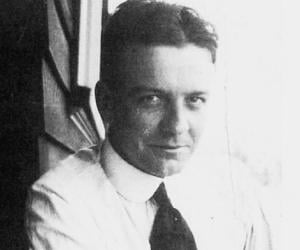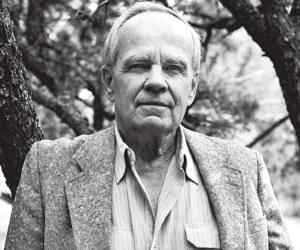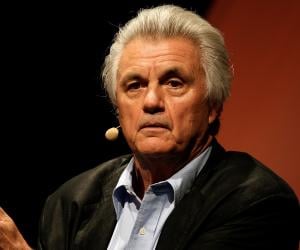Born In: Chicago, Illinois, United States
Raymond Chandler
(Novelist and Screenwriter)
Raymond Chandler is regarded as the master of crime and pulp fiction genre and most of his works are considered to be literary classics. In his works, he offers a graphic picture of the crime world of Los Angeles of the 1930s. Though he started as a short story writer inspired by Dashiell Hammett, a hugely successful pulp fiction writer, he progressed to writing novels, which were later made into motion pictures, some of them, many times over. The adaptations of his novels to screen proved that it is possible to sustain the suspense and hold the audience interest. Though his narrative style was racy, Philip Marlowe, the fictional detective character he created, was an emotional and principled man. Another significant feature of the writer’s novels was that it was laced with similes that upped the work to the stature of literary classics, from being mere works of pulp fiction. He was thus able to retain the existing formula that the publishers demanded and at the same time take it to a higher level. Though the writer is held in awe today, some of his contemporary critics described his style as rambling and incoherent. They objected to his treatment of blacks and homosexuals in his works.
27
4









